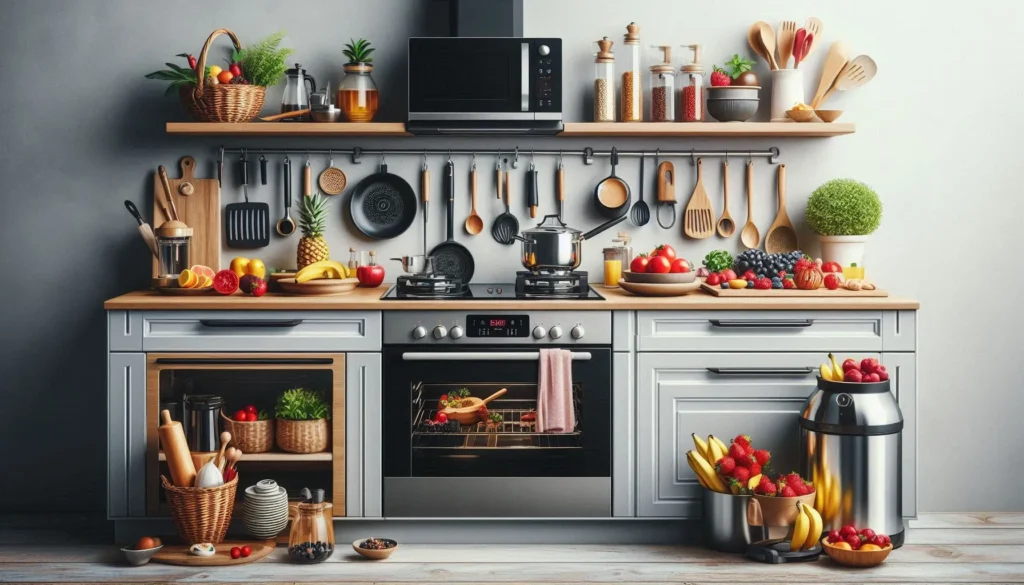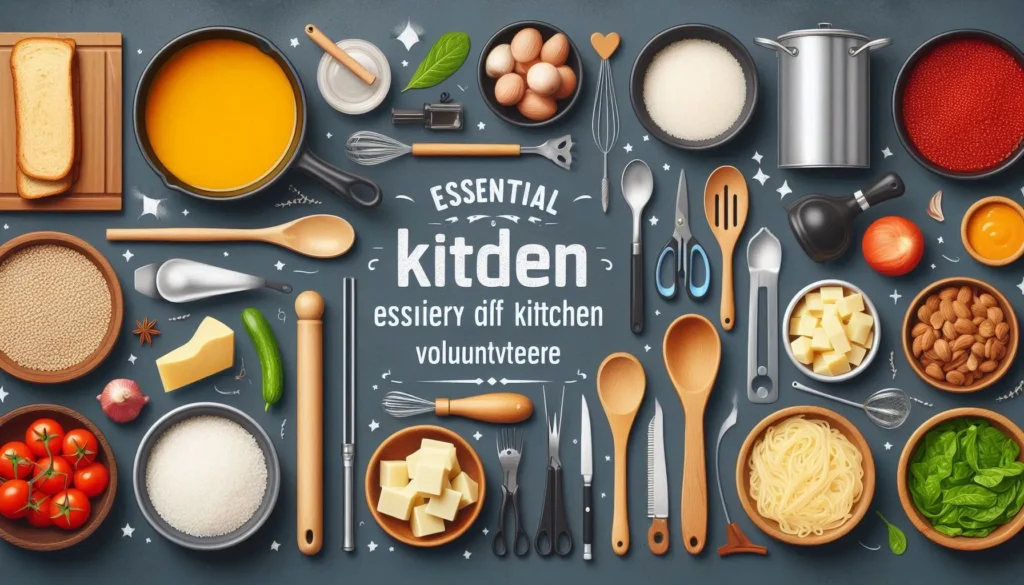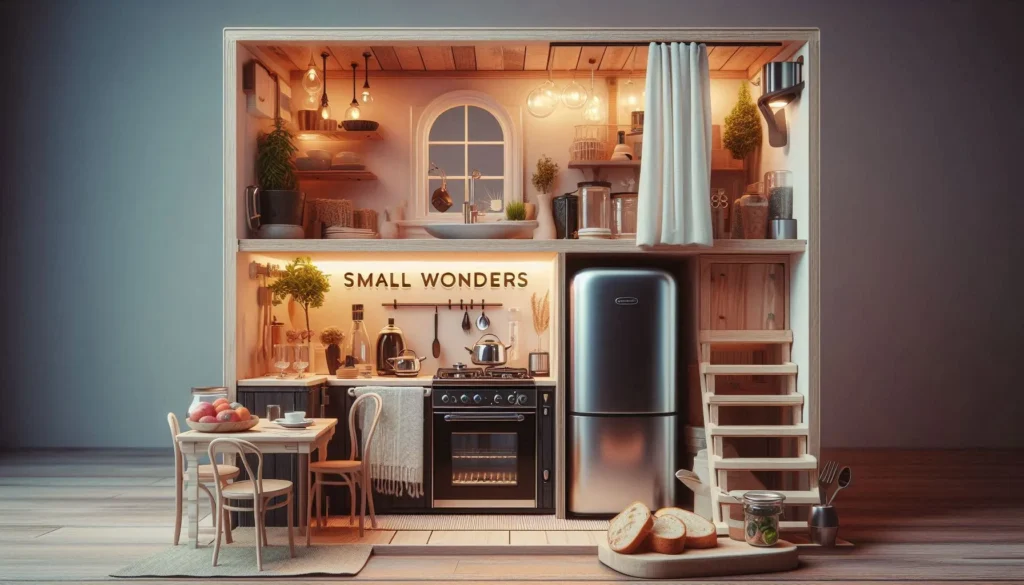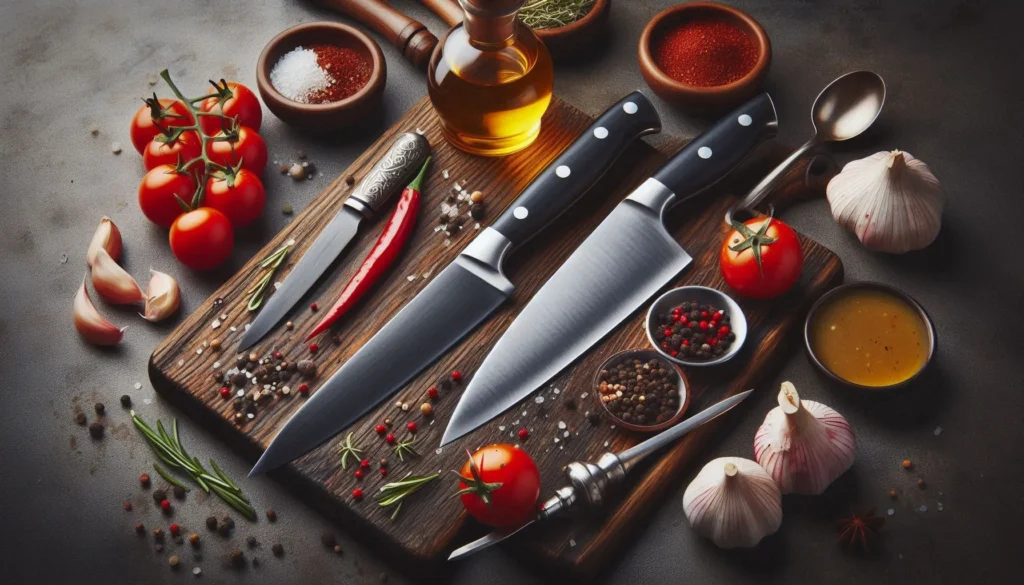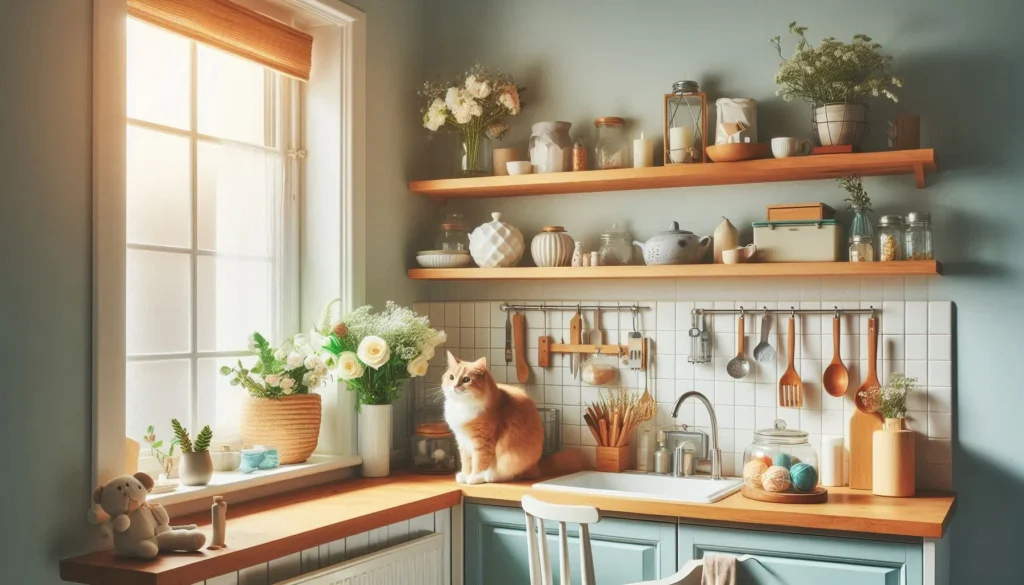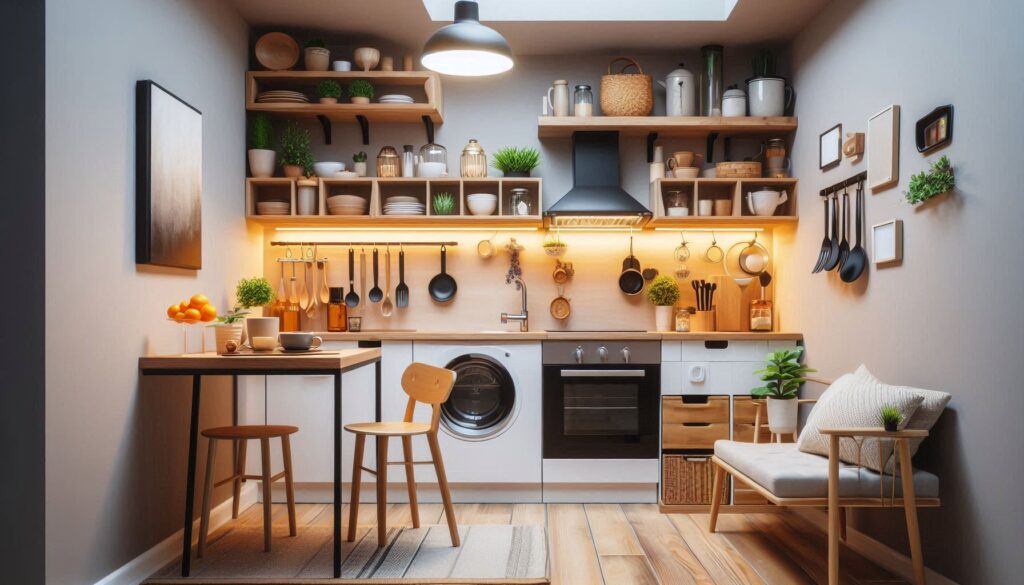This post may include affiliate links. If you purchase through these links, I may earn a small commission at no additional cost to you.
Why choose wooden cooking utensils? The answer lies in their unique blend of functionality and aesthetic appeal. Wooden utensils are not only durable but also bring warmth and character to your kitchen. This guide explores the best wood options for cooking utensils, along with insights into care, maintenance, and what to consider before making a choice.
The Appeal of Wooden Utensils
Wooden utensils have charm that other materials can’t match. They are gentle on cookware, making them ideal for non-stick surfaces. Their aesthetic appeal can enhance the beauty of your kitchen, making cooking a more enjoyable experience.
Durability and Longevity of Wood
Quality wooden utensils can last for years, often outliving their plastic counterparts. The right type of wood provides excellent strength and resistance against wear and tear. With proper care, wooden utensils remain functional and beautiful for a long time.
Environmental Impact and Sustainability
Wooden utensils are generally more eco-friendly compared to plastic or metal options. Unlike fossil fuels, wood is renewable. By choosing sustainably sourced wood, you can support responsible forestry practices that help the planet.
✅ Keep your kitchen and dining area spotless with our guide on 10 Tips for Choosing the Right Cleaning Tools, and ensure your space is always ready for use.
✅ Elevate your cooking experience by exploring Discover the World of Specialty Kitchen Cookware, featuring unique tools to enhance your culinary creativity.
Top Wood Choices for Cooking Utensils
Hardwood Options: Durability and Heat Resistance
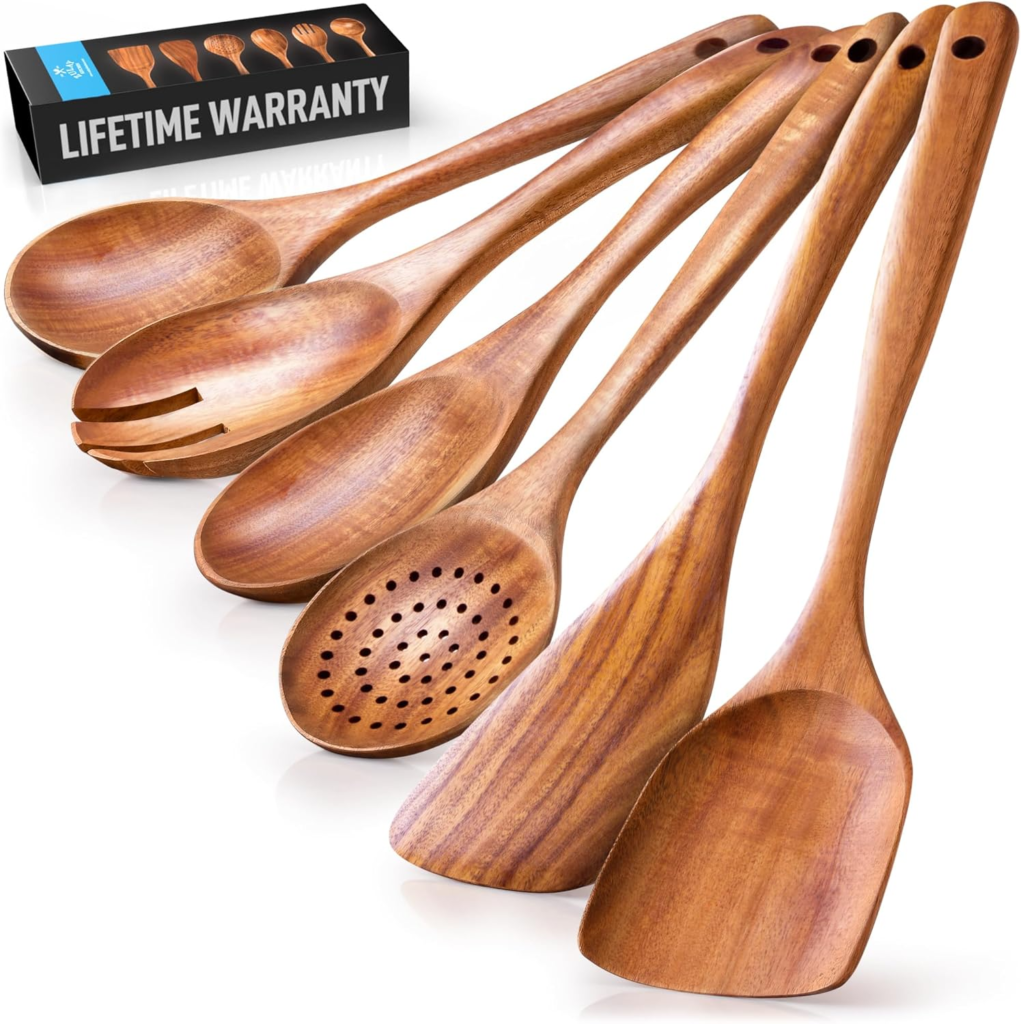
Maple: Strength, Density, and Workability
Maple is a popular choice for cooking utensils due to its hardness and smooth grain. It resists nicks and scratches, maintaining its appearance over time. This dense wood can withstand high temperatures, making it perfect for various cooking tasks.
Beech: Hardness, Density, and Water Resistance
Beech wood is known for its stunning pale color and fine grain. It’s strong and durable, which means it won’t warp easily. With natural water resistance, beech is less likely to absorb moisture, making it an excellent option for cooking utensils.
Softwood Options: Lightweight and Budget-Friendly
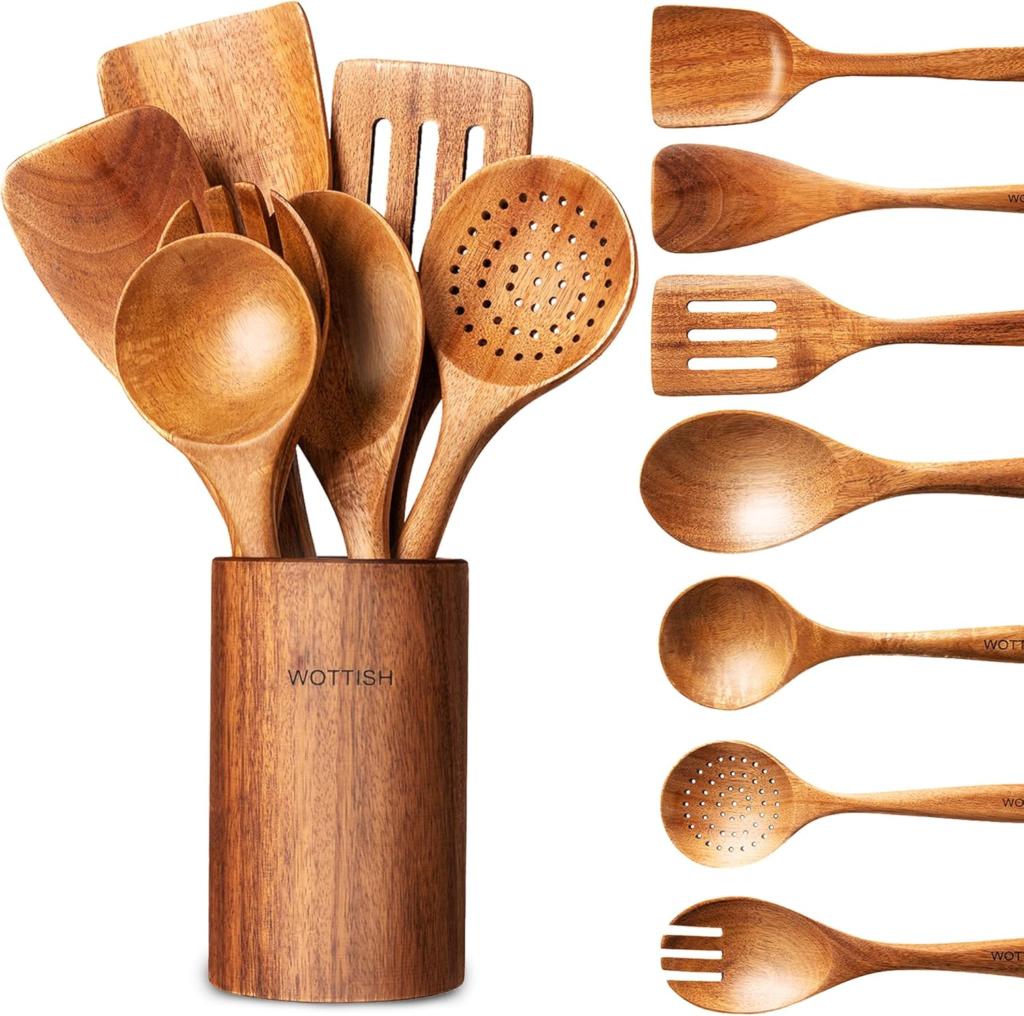
Cherry: Aesthetics and Gentle on Cookware
Cherry wood’s rich color deepens with age, adding character to your kitchen. It’s lightweight and won’t scratch non-stick surfaces. Its softness makes it less durable than hardwoods, but its beauty and function balance that out.
Birch: Affordability and Sustainability
Birch wood is budget-friendly and often used for its sustainability. It’s light in weight yet sturdy. This makes birch an ideal choice for everyday utensils without breaking the bank.
Factors to Consider When Selecting Wood
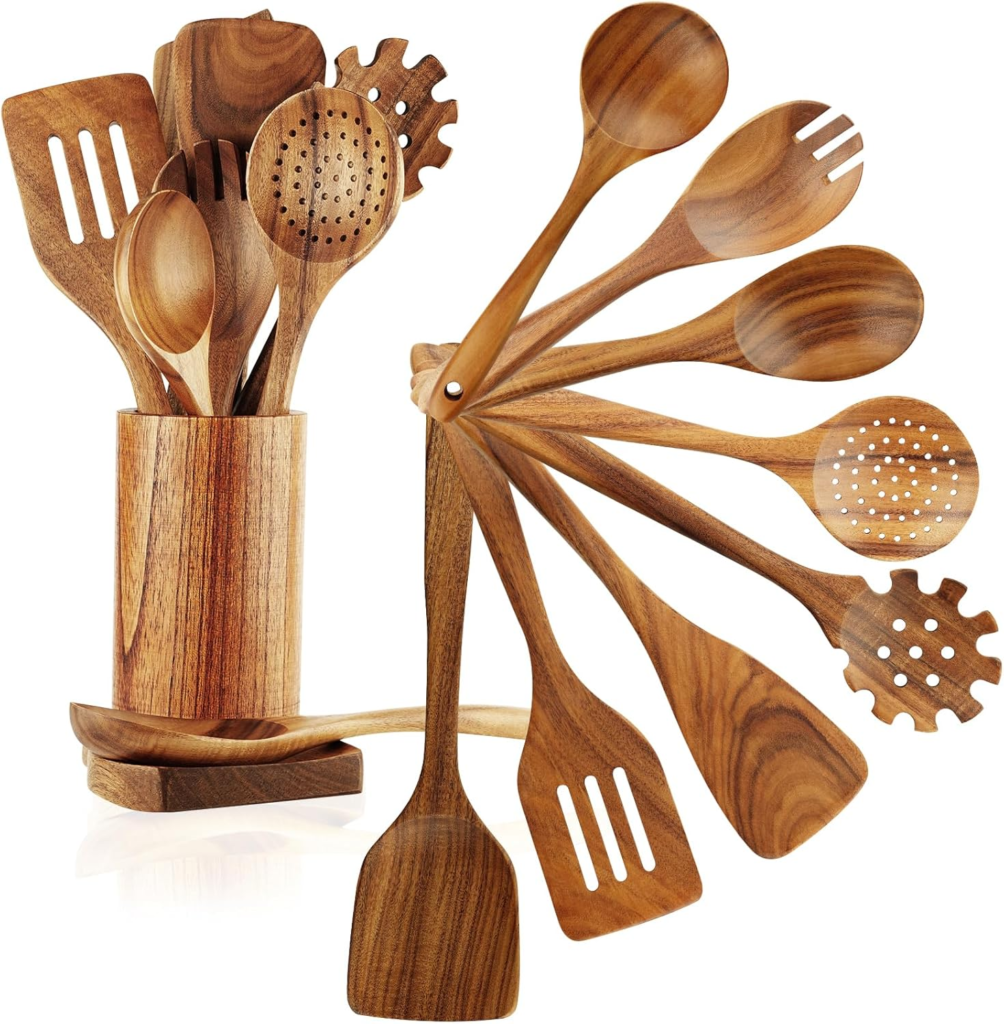
Hardness and Density: Impact on Durability and Longevity
The hardness of wood affects its ability to resist scratches and dents. Hardwoods generally offer better durability, while softer options may suit lighter tasks.
Grain Structure: Influence on Workability and Aesthetics
The grain structure not only affects the appearance but also the feel of the utensil. A fine grain often leads to smoother surfaces, making for easier handling.
Water Resistance: Preventing Warping, Cracking, and Mold
Some woods have natural water-resistant properties. Choosing these can help prevent common issues like warping and mold growth, especially if you wash your utensils frequently.
Wood Care and Maintenance for Long-Lasting Utensils
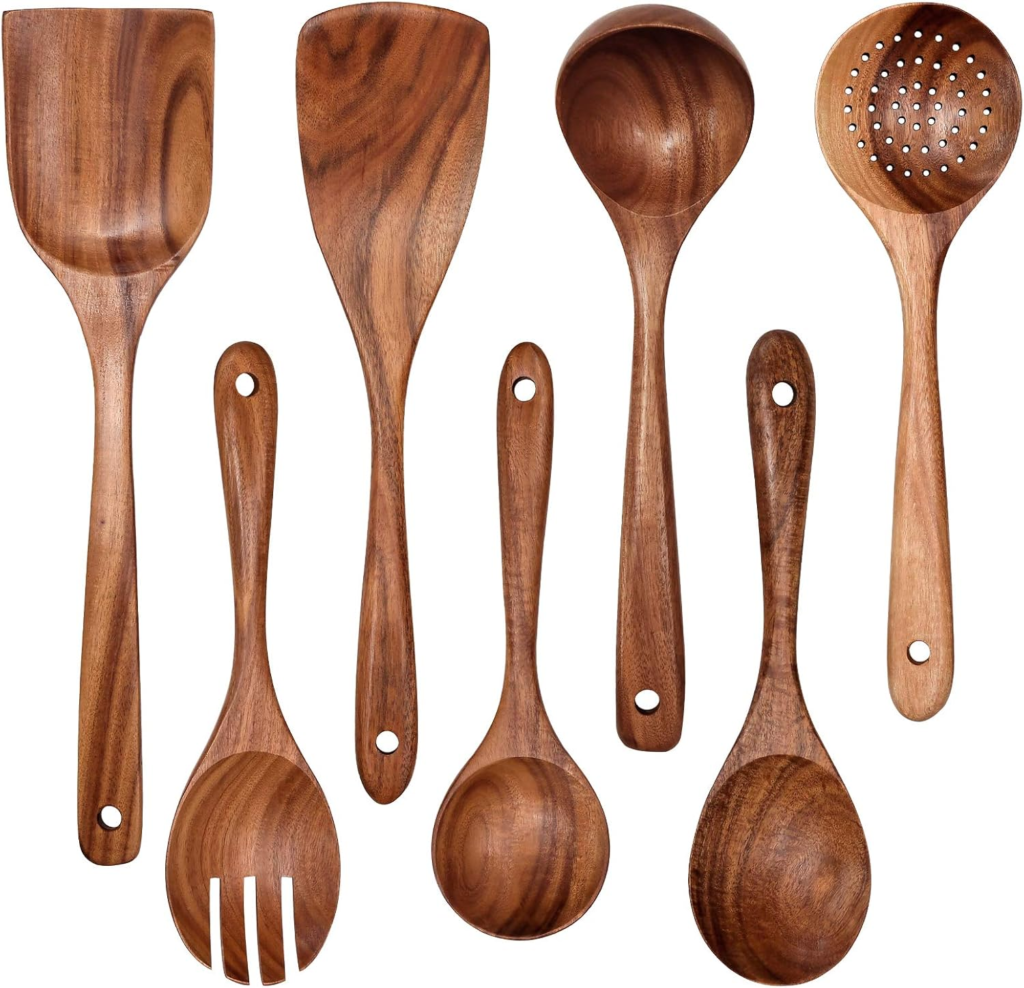
Proper Cleaning and Drying Techniques
To keep your wooden utensils in top shape, wash them by hand with mild soap. Avoid soaking them or putting them in the dishwasher, as excessive water can cause damage. Dry them immediately after washing to prevent moisture absorption.
Preventing Staining and Discoloration
Stains can be tough on wooden utensils. To combat this, clean spills promptly and avoid using strong chemicals. Regularly applying mineral oil can help protect the wood’s surface.
Oil Treatments and Rejuvenation
Periodic oil treatments can revive the natural beauty of your utensils. Use food-safe mineral oil or beeswax to create a protective barrier and enhance the appearance.
Potential Downsides of Wooden Utensils
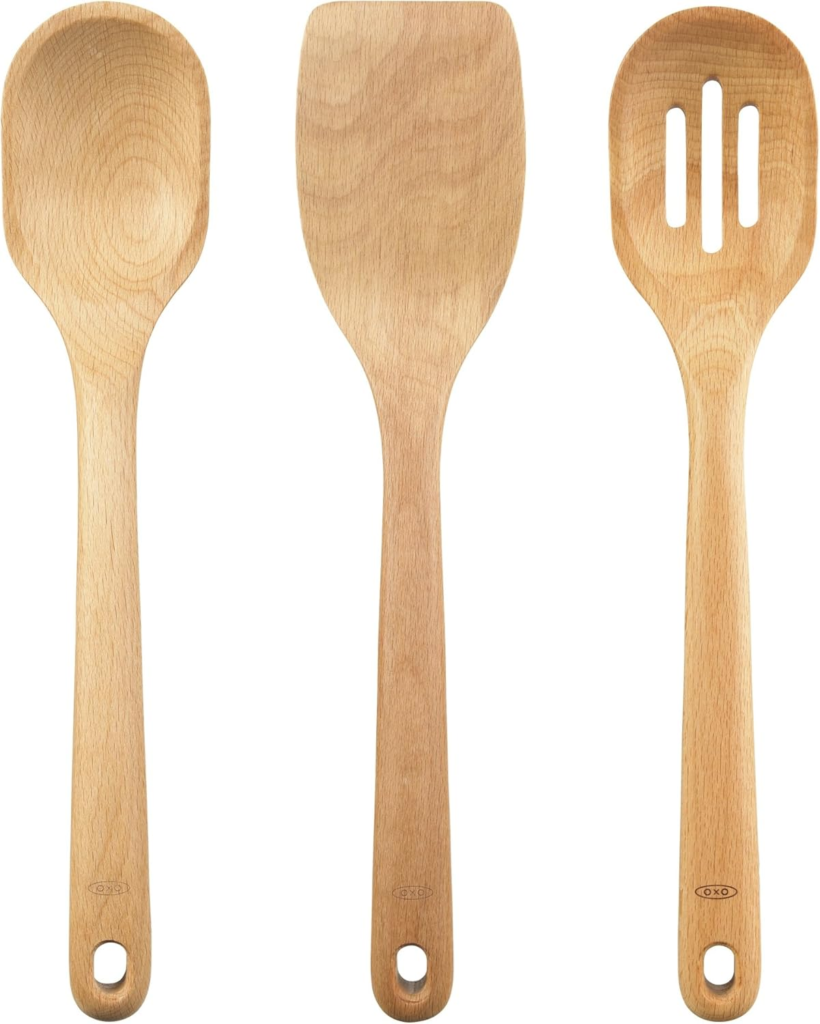
Porosity and Bacteria Concerns: Addressing Myths and Facts
Some believe that wooden utensils harbor bacteria. However, research shows that wood has natural antibacterial properties. With proper cleaning practices, wooden utensils remain safe for kitchen use.
Susceptibility to Damage: Heat, Moisture, and Abrasion
While wood is sturdy, it can be damaged by extreme heat and constant exposure to moisture. Avoid using wooden utensils in extreme conditions to prolong their lifespan.
Choosing the Right Wood for Your Needs
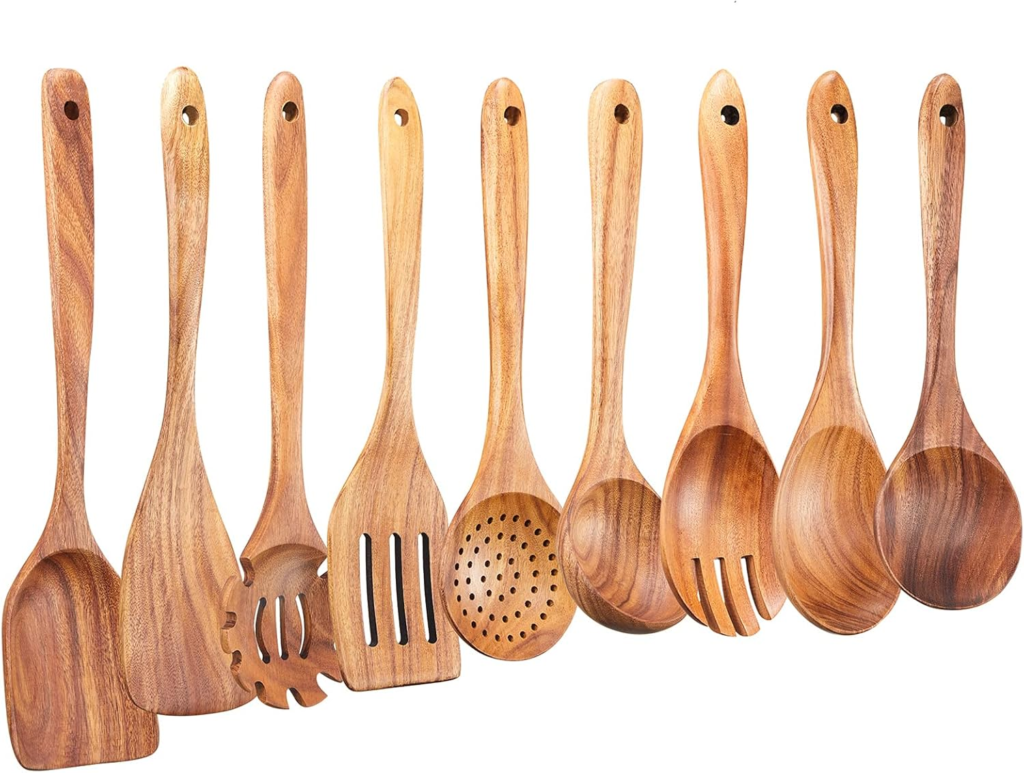
Matching Wood Type to Cooking Style and Frequency of Use
Consider how often you’ll be using the utensils and what types of cooking you do. Hardwoods are better for frequent use while softer woods may suffice for occasional cooking.
Budget Considerations and Value for Money
Think about what you can afford. While hardwoods may be pricier, their durability means they can be a better investment in the long run.
Aesthetic Preferences and Kitchen Style
Your kitchen’s overall style can guide your material choice. If you prefer a rustic look, opt for woods like cherry or birch that offer a unique character.
Conclusion: Making an Informed Decision
In summary, wooden cooking utensils offer durability, sustainability, and a classic aesthetic. Prioritize the hardness, grain structure, and water resistance when choosing the right wood. For first-time buyers, start with a versatile hardwood like maple or beech. Explore resources and reviews to further assist your decision.
Choosing the best wood for cooking utensils is a worthwhile investment. As you select your utensils, consider their impact on your cooking experience and the environment. Happy cooking!
